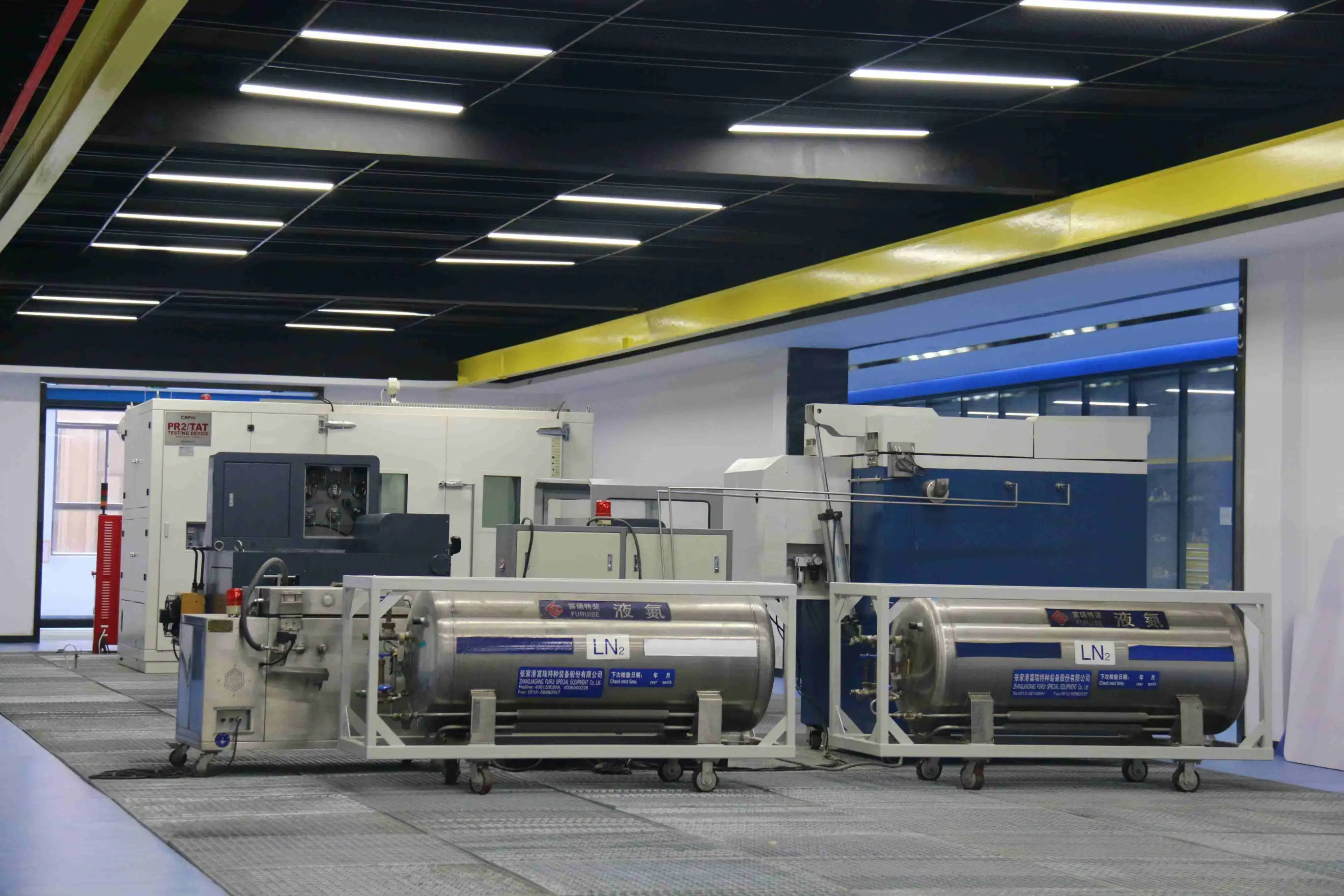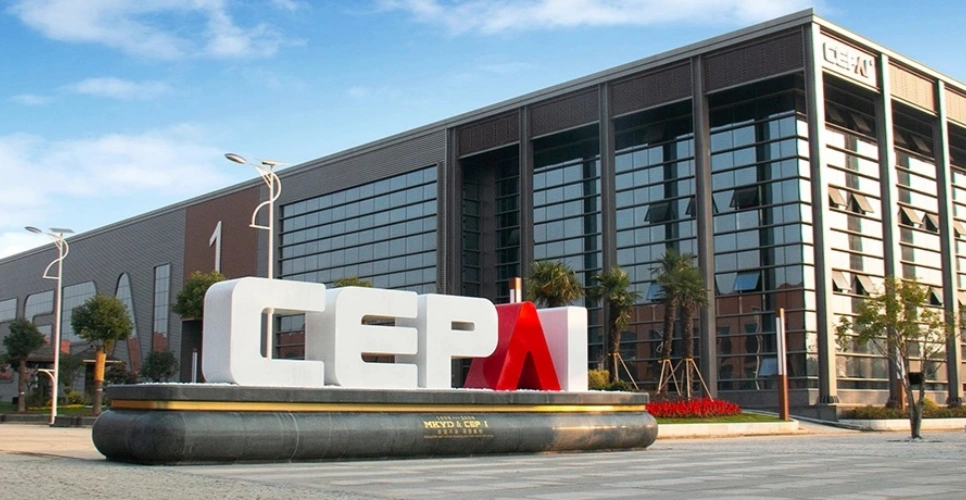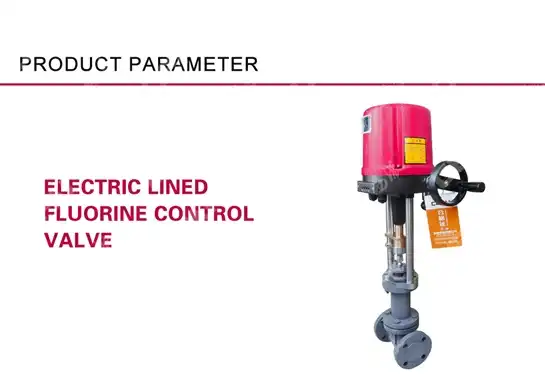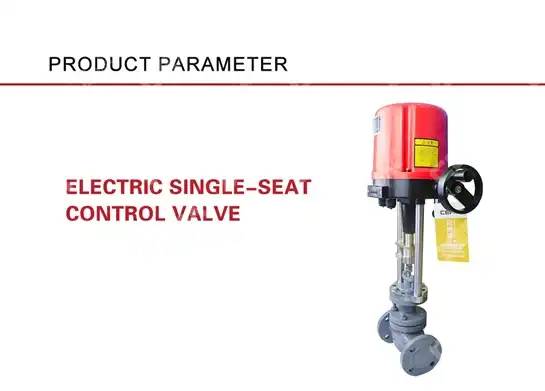What Is a Pneumatic Control Valve and How Does it Work in HVAC Systems? At its center, a pneumatic control valve HVAC is a mechanical gadget utilized to control the flow and pressure of discuss or liquids inside heating, ventilation, and air conditioning (HVAC) systems. It works by getting control signals that alter the valve actuator, coordinating wind current and temperature absolutely where required. This fundamental component guarantees the HVAC system keeps up ideal indoor discuss quality, productive climate control, and energy management throughout a building.
What Is Pneumatic Control Valve HVAC?
Pneumatic control valves in HVAC systems serve as significant controllers of wind current and weight inside the heating and cooling system. Not at all like electric or water-powered choices, these valves utilize compressed discuss as their primary control source to initiate valve development. The valve balances the stream rate by altering the valve position in reaction to control signals received from centralized building mechanization or climate control frameworks. This fine-tuned direction underpins temperature administration over zones, empowering exact natural control. The pneumatic actuator, associated with the valve body, interprets the control discuss weight into mechanical development that opens or closes the valve. Pneumatic control valve HVAC establishments frequently coordinated with ductwork to balance and distribute effectively, contributing to system optimization and moved forward vitality efficiency. By utilizing pneumatic innovation, HVAC systems accomplish solid and responsive wind stream control, which is particularly suited for expansive commercial buildings with variable discuss volume requests. Its capability to keep up zone control without dependence on complex electrical setups makes it both cost-effective and flexible in assorted natural conditions.

The Problem It Solves and the Need It Fulfills
Managing wind current, weight control, and temperature in sweeping pneumatic control valve HVAC setups can be exceedingly challenging. Conventional manual valves are inadequate for advanced requests of momentary alterations and automated control. Pneumatic control valves address these imperatives by conveying quick, precise stream rate alterations vital for keeping up steady indoor discuss quality and steady climate control. They react powerfully to changing operational conditions such as changes in tenant stack, outside climate, or gear execution fluctuations. Without these valves, HVAC systems have wasteful aspects leading to vitality wastage, uneven warming or cooling, and subpar thermal comfort. Pneumatic control valves guarantee wind current adjusts with particular zone requirements, minimizing weight drops and permitting for exact ductwork integration. This innovation makes a difference in accomplishing system-wide optimization, leading to lower support recurrence and upgraded hardware life expectancies. Moreover, the valves encourage programmed alteration inside building computerization systems, empowering consistent natural control that meets advancing administrative and sustainability standards.
Core Features & Functionality Deep Dive
The trademark highlights of pneumatic control valve HVAC in HVAC systems represent their crucial part in wind stream and weight adjustment. Key components incorporate the valve actuator, which gets and changes over a pneumatic control valve into mechanical movement. This actuator regularly employments compressed discuss provided from plant discuss lines, driving the valve to open, near, or tweak between positions. Valve situating is pivotal since it specifically impacts the volume and weight of discuss passing through HVAC ductwork. Control signals, regularly 3-15 psi pneumatic weight ranges, radiate from indoor regulators or building administration frameworks, empowering fine stream alterations for zone control. This encourages variable air volume (VAV) operation, where wind stream powerfully alters based on real-time climate requests, essentially improving energy efficiency. Another critical highlight is the valve’s extraordinary strength, planned to withstand destructive situations, ceaseless operation, and fluctuating weights without execution degradation. Additionally, numerous pneumatic valves incorporate positioners that give input and exact valve travel control to avoid overshoot or slowing down, crucial in temperature administration applications. These valves coordinated consistently with HVAC system components, guaranteeing ideal distribution and steady natural control. Their dependable activation components decrease the requirement for visit alterations or support intrusions, supporting operational continuity.
Under the Hood: Technology Explained
Pneumatic control valve HVAC depends on a clear, however strong rule: discuss weight control to create mechanical movement. Interior, compressed discuss provided beneath the weight streams into a stomach or cylinder actuator. This actuator is connected mechanically to the valve stem, changing the discuss weight constraint into a straight or rotating movement. The valve tweaks stream by changing the position of an inside plug or plate relative to the valve situate. This activity modifies the successful cross-sectional region accessible for airflow. A significant component improving this instrument is the pneumatic positioner that accurately adjusts valve development with approaching control signals. It employs a criticism circle including mechanical linkages and weight sensors to ceaselessly alter valve positioning, guaranteeing exact control flag interpretation. This progressive input framework decreases hysteresis and progresses valve reaction speed, permitting HVAC experts to optimize system performance. The compressed discuss utilized is frequently sifted and dried to prevent contamination and erosion inside the valve actuator. This includes the system’s life span and brings down upkeep necessities. Integration into centralized building robotization frameworks bolsters real-time further checking and cleverly benefit highlights, empowering prescient support and data-driven operational changes. Such developments position pneumatic control valves as strong, high-precision components crucial to advanced HVAC natural and vitality management.
Key Advantages
Pneumatic control valve HVAC convey various benefits that make them vital to HVAC experts. Their extraordinary strength guarantees persistent operation indeed in cruel or fluctuating conditions, resulting in lower damage to taken a toll of proprietorship. High-precision control execution bolsters tight direction of wind current and weight fundamental for advanced temperature administration and indoor discuss quality maintenance. Investment in inquiry about and improvement leads to developments that optimize valve materials, actuator plan, and control integration, keeping up a solid innovative edge. Obvious securities and innovative boundaries serve as a ensure of unwavering quality and execution brilliance. CEPAI Group Co., LTD.’s wealth of items extends offers customizable arrangements custom-fitted for differing HVAC applications, whether small commercial buildings or expansive mechanical complexes. Pre-sales specialized discussion, establishment help, and after-sales benefit guarantee clients advantage from master direction all through the valve lifecycle. Rigid quality control, compliant with ISO guidelines, advanced supports are guaranteed by guaranteeing each valve meets thorough worldwide standards. Proficient coordination and provider connections ensure opportune conveyance, minimizing downtime. These preferences combine to lift operational unwavering quality, vitality, effectiveness, and framework computerization goals.

Potential Limitations & Considerations
Despite their numerous qualities, pneumatic control valve HVAC display a few considerations worth consideration. Compressed discuss supply quality essentially impacts valve execution; any contaminants can degrade actuator components, requiring intensive filtration frameworks. Beginning establishment costs can be higher than less complex manual valves, despite the fact that the long-term vitality reserve savings and benefit decrease frequently compensate. In applications requiring ultra-fine control or where electrical activation coordinates way better with advanced robotization, options such as electric valves might sometimes be favored. Also, pneumatic frameworks require continuous upkeep of discuss compressors and pipelines, including a few operational complexities. Clients must carefully assess framework compatibility, actuator measuring, and control flag calibration to maintain a strategic distance from issues like valve stiction or conflicting positioning. Nevertheless, most confinements can be relieved through an appropriate plan, scheduling HVAC upkeep, and a specialized provider. Choosing legitimate suppliers like CEPAI Group Co., LTD. guarantees access to master direction and innovatively progressed pneumatic valves built for dependable operation beneath exacting quality systems.
Pneumatic Control Valve HVAC vs. The Competition
Compared to electric control valves, pneumatic control valve HVAC offer unmistakable advantages in toughness and ease when utilized in HVAC systems where compressed discuss is readily accessible. Pneumatic valves do not depend on electrical control sources, lessening dangers related to control disappointments or electrical dangers. They frequently accomplish quicker reaction times in variable discuss volume control, advertising smoother zone control. Hydraulic valves may give tall drive activation but bring complexity, potential spillage, and upkeep challenges. Pneumatic valves stand out as more ecologically neighborly due to clean activation media—compressed air—and less contamination dangers. Inside the specialty of wind stream control in HVAC, pneumatic control valves strike a adjust between exactness, unwavering quality, and ease of integration unmatched by most alternatives.
Target Audience & Ideal Use Cases
Pneumatic control valve HVAC best serves HVAC engineers, building directors, and temporary workers mindful of large-scale or complex climate control frameworks. Offices requesting correct zone control, such as clinics, research facilities, commercial office buildings, and fabricating plants, advantage essentially from these valves. Their capacity to coordinate with building mechanization frameworks makes them perfect in situations seeking after tight energy efficiency and sustainability objectives. Mechanical offices dependent on steady natural control and ductwork-based discuss dissemination similarly depend on pneumatic valve arrangements. Upkeep groups appreciate the vigorous nature and available adjusting strategies, making these valves reasonable for continuous operation with negligible downtime. Ultimately, any HVAC setup prioritized for natural control quality, vitality effectiveness, and automation compatibility will discover pneumatic control valves viable and effective.
Conclusion & Future Outlook
Pneumatic control valves are linchpins in present-day HVAC systems, empowering precise wind stream direction and temperature administration fundamental for building automation and energy efficiency. Their toughness, exact incitation, and consistent integration back framework optimization and natural control in different applications. As innovations advance, advancements in actuator plans and smart monitoring will enhance these valves’ capabilities, encouraging their role in sustainable HVAC arrangements worldwide.
CEPAI Group Co., LTD. proceeds to lead in R&D and quality affirmation, conveying pneumatic control valves that meet the most stringent guidelines and client desires. Their commitment to benefit and development guarantees clients stay at the bleeding edge of HVAC advancements.
FAQ
Q1: How does a pneumatic control valve improve energy efficiency in HVAC systems?
A: Pneumatic control valves adjust airflow precisely according to real-time demands, preventing over-conditioning of spaces and reducing energy waste. This dynamic regulation supports variable air volume strategies that optimize compressor and fan power consumption.
Q2: What maintenance is required for pneumatic control valves in HVAC?
A: Regular inspection of the compressed air supply quality, actuator seals, and valve positioning mechanisms is necessary. Cleaning and lubrication reduce wear, while calibration ensures accurate response to control signals.
Q3: Are pneumatic control valves compatible with modern building automation systems?
A: Yes, they can integrate seamlessly through pneumatic control signals or by pairing with positioners that translate digital inputs, enabling remote monitoring and intelligent control features.
Q4: Can pneumatic control valves handle extreme temperature variations?
A: High-quality pneumatic valves are designed with durable materials and sealing solutions that maintain functionality across a wide temperature range common in HVAC operations.
Q5: How do pneumatic control valves compare cost-wise to electric ones?
A: While initial costs may be higher due to actuator and air supply requirements, pneumatic valves generally incur lower operational costs in facilities where compressed air infrastructure exists.
Where to Buy a Pneumatic Control Valve HVAC?
When looking for solid pneumatic control valve HVAC solutions, CEPAI Group Co., LTD. stands out for uncommon item quality and comprehensive services. We offer master pre-sales meetings, customized valve choice, establishment back, and thorough after-sales upkeep programs. Our commitment to ISO quality administration and mechanical brilliance guarantees you get strong, exact, and productive pneumatic control valves custom-made for your HVAC needs.
Contact us at cepai@cepai.com to discuss your requirements and experience our industry-leading solutions firsthand. For further information, please refer to the website: valveblog.jscepai.com.
References
1. Smith, J. "Advanced Pneumatic Valve Technology in Modern HVAC Systems," Journal of Building Automation, 2023.
2. Johnson, R. "Energy Efficiency Through Flow Control: The Role of Pneumatic Valves," HVAC Journal, 2022.
3. Lee, T. "Durability and Reliability in Pneumatic Actuators for Building Automation," Industrial Valve Review, 2021.
4. Garcia, M. "Control Signal Integration and Valve Positioning in Pneumatic HVAC Applications," Mechanical Systems Quarterly, 2022.
5. Nguyen, P. "Optimizing Indoor Air Quality with Pneumatic Control Solutions," Environmental Building Mechanics, 2023.
6. Turner, L. "Comparative Study of Pneumatic and Electric Control Valves in Commercial HVAC," Energy Systems Engineering, 2023.




